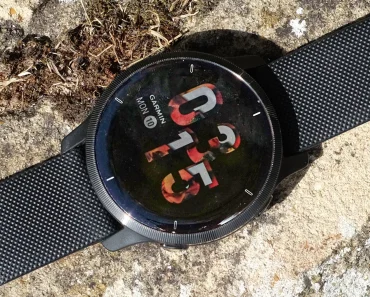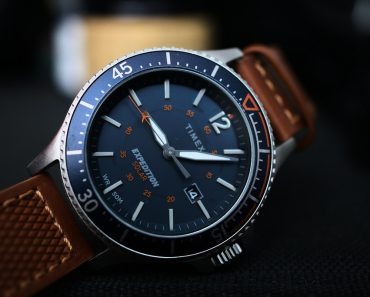Solar watches are fantastic, and they come in a variety of styles and versions. Before you go to your local department store for the glass showcases, there are a few things you should know to pick the best solar watch for your needs.

Power Reserve
Solar-powered timepieces, by and large, are quartz timekeepers equipped with solar panels. However, their batteries are quite distinct. Some solar watches may be powered for up to a year on a single charge, while others might only survive for a few months.
If you wear your watch every day, this isn’t much of a problem. If you’re a watch collector who likes to switch up your watches, keep in mind that if you need to set your watch on a sunny window to get it going, there might be a rainy day when you’ll want to do the same thing.
Charging Time
A solar-powered watch doesn’t become fully charged right away when you expose it to light. It must be allowed to charge, which can take anything from a few minutes to a few hours in the sun.
Also, keep in mind that artificial light doesn’t generate the same amount of energy as direct sunlight on a clear day. It’s possible that a watch will take much longer to charge while it’s resting beneath a desk lamp.
The manufacturer’s handbook should clarify how long it takes your watch to charge. This should ideally just take a few hours of direct sunlight
Style
Solar watches come in a variety of designs, colours, and styles. If you enjoy a certain type of watch, you’ll be able to purchase a solar version.
Solar watches come in a wide range of styles, including chronographs, divers, and dress and field timepieces.
However, while the majority of watches with solar-powered components are in fact powered by the sun, there are a few watch designs that work better with solar-powered components than others.
Large faces are built on dive, field, and pilots’ watches such as the Omega Speedmaster Professional Moonwatch. They’re ideal for housing solar components because of their size.
Although they don’t have to be, some of these designs can also be very garish and juvenile. Consider whether the watches you’re looking at suit your personal style.

How Solar Watches Work
When solar timepieces were initially introduced, they were perplexing. In today’s world or in the field of renewable energy, there is less mystery surrounding them. Still, before deciding whether one of these watches would be appropriate for you, it’s preferable to understand how they operate.
Contrary to popular belief, a quartz-driven movement and a solar one are not significantly different. They both have batteries and quartz crystals; the main distinction is how they obtain energy.
A solar-powered watch has photovoltaic cells behind the dial. These cells convert light from the sun or an artificial light source into electrical energy.
The quartz crystal, like a typical battery-powered watch, is powered by an energy source that comes from the movement of your arm.
However, there are a few variances. One of them is that you should not replace the battery in a solar-powered watch yourself. If the battery fails to take charge, the timepiece should be returned to the manufacturer.
Another reason why a solar watch is more valuable than other timepieces is that its power reserves are significantly greater. A standard battery can last for years, but a solar watch may endure up to 12 months.
Solar-powered timepieces are also rather bigger. Because they must allow a lot of light through to the photovoltaic cells, their faces and dials are larger. In addition, there are several more components.



